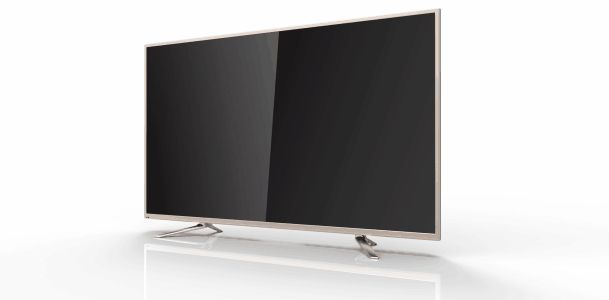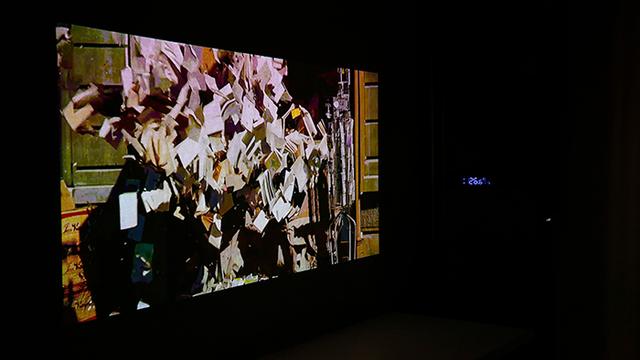The higher the smart TV is, the more manufacturers advertise the selling point in a hypnotic manner, making people wanting to make a purchase; this way, consumers will be more passive, and they will need to have some common sense when buying a TV so that they will not spend a lot of money to buy it. Shun products.
A television screen accounts for 50%-70% of the entire cost price, and it is obvious how important the choice of the screen is. Generally according to the number of screen bad points, it is divided into three levels: A (dead point <5), B (dead point> 5 <10), C (dead point> 10).
General TV screens must reach class A to be used as TV LCD screens. A-class is a qualified TV screen. A+ is even better. There are A++ grades abroad and there are almost no bad spots. The screen quality is very good.

Therefore, when choosing a TV in the country, the screen parameters must be at least Class A, and A+ is better. If the merchant does not display the screen level, a detailed inquiry can be made and the other party is requested to provide it.
The television interface inherits an extension of many television functions, and therefore the interface requirements are also increasing. When choosing a TV, the interface "big and new" is best. In addition to see if it is the interface they need, but also look at the interface specification standards, such as HDMI2.0, HDMI2.0a, HDMI1.4, etc., the difference is still quite large, HDMI2.0 can transmit 4K resources; USB3.0 It is better than USB2.0, these small parameters are also to pay attention.

So choose the TV interface, first of all see whether they need the interface, then look at the number and interface parameters, of course, the newer the better.
There is no doubt that the smaller the "signal response time" is, the better. The so-called response time is the response speed of the LCD screen to the input signal. For example, the scene is about to change scenes and actions, and the reaction time needed by the LCD screen to turn dark or turn green from red to green.
Someone has tested and found that the response time is 30 milliseconds: TV can play 33 frames per second, to meet the daily video playback; response time is reduced to 25 milliseconds: TV can display 40 frames per second, almost completely satisfied Video and game requirements, but also very good; 4ms and below, suitable for playing large games, high-definition viewing sports.

Therefore, when choosing a smart TV, you can look at the “response time†according to your own needs. Of course, the smaller the number, the better.
The refresh rate is the number of times the screen is refreshed every second. This is also a parameter that many users and response time cannot distinguish. In fact, the two are related and have the same point. The refresh rate of CRT = LED response time.
The higher the refresh rate, the smoother the picture is, so this value is definitely higher and better. At present, most of the 4K TVs are maintained at 60Hz and the high end is at 100Hz and 120Hz.

This value can be used as a reference in the purchase of TVs, but the more critical indicator for smearing caused by LCD is the response time.
A standard for the energy consumption of a TV shows a graded method for the difference in the energy efficiency of household appliances. It does not cost electricity, and it can be seen without saving electricity bills!
There are five levels: Level 1 (to achieve the international advanced level, the lowest energy consumption), Level 2 (more energy-saving), Level 3 (energy efficiency is the average level of the Chinese market), Level 4 (Energy efficiency is lower than the market average ), level 5 (product market access indicators).

When buying a TV, try to select a TV that consumes one or two power levels. The price is more expensive, but it saves a lot of electricity. In the long run, it is still worthwhile. It is also more environmentally friendly.
One of the attractions of smart TVs is the richness of interfaces, which can add TV's ancillary functions, such as playing games, through the interface. When you play the game, after using the operation command, it is found that the game character delays for a few seconds before making the corresponding action. This is the input delay; Do not underestimate this delay, fighting games and shooting games are decided in 1/30 seconds. life and death. .
Suppose 60FPS is the normal number of game frames (16.67ms per frame). If the input delay reaches 100ms (63ms is equal to 4 frames), it is equivalent to delaying nearly 6 frames. Your operation is timely, but because of the input delay, you are killed in minutes. For users who like to play games and online games, it is really terrible.

The purchase can be queried whether there is a user to make a relevant test. If you are not so particular about the game winning or losing, in fact, the time difference is negligible, so you can pick it and ignore this data.
What are the parameters for buying TV in 2017? The introduction of some of the above small parameters, I hope to help you!